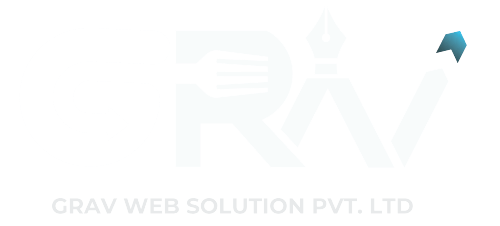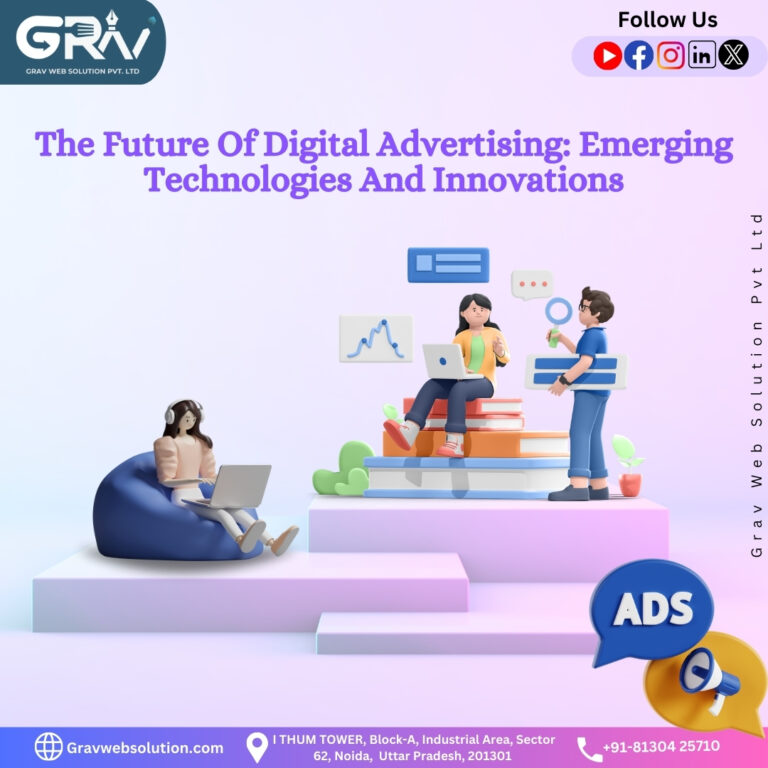In the ever-evolving world of marketing, two predominant approaches have emerged over time – Traditional Marketing and Digital Marketing. These two methods vary significantly in their strategies, reach, and effectiveness. In this article, we will explore the stark differences between traditional and digital marketing, shedding light on their unique characteristics, advantages, and disadvantages.
Introduction
Marketing is an essential component of any business strategy, aiming to connect products or services with potential customers. Traditional Marketing and Digital Marketing are the primary means through which companies achieve this goal, each with its own set of tools and techniques.
Definition of Traditional Marketing:
Traditional Marketing, as the name suggests, refers to conventional marketing practices that have been in use for decades. It includes methods such as print advertising, television and radio advertising, direct mail, and telemarketing. Traditional marketing relies on offline channels to reach an audience.
Definition of Digital Marketing:
Digital Marketing, on the other hand, is a modern approach that leverages the power of the internet and electronic devices to promote products or services. It encompasses various online strategies, including social media marketing, search engine optimization (SEO), content marketing, email marketing, and pay-per-click (PPC) advertising.
Historical Background:
Traditional Marketing has a long historical background, dating back to a time when print media and radio were the primary sources of information and entertainment. In contrast, Digital Marketing has emerged in the digital age, thanks to the internet’s proliferation and the advent of smartphones.
Traditional Marketing Methods:
Traditional Marketing employs several methods, some of which have stood the test of time:
Print Advertising:
Print advertising includes newspaper and magazine ads, billboards, flyers, and brochures.
Television and Radio Advertising:
Television and radio ads are broadcasted to a wide audience during popular shows or programs.
Direct Mail:
Direct mail involves sending promotional materials directly to potential customers’ mailboxes.
Telemarketing:
Telemarketing relies on phone calls to engage with prospects and promote products or services.
Digital Marketing Methods:
Digital Marketing offers a wide array of online tools and strategies:
Social Media Marketing:
Social media platforms like Facebook, Twitter, and Instagram are used to engage with an online audience.
Search Engine Optimization (SEO):
SEO optimizes websites to rank higher on search engine results pages, increasing visibility.
Content Marketing:
Content marketing involves creating and sharing valuable content to attract and retain customers.
Email Marketing:
Email marketing leverages email campaigns to reach and engage with subscribers.
Pay-Per-Click (PPC) Advertising:
PPC advertising allows businesses to display ads on search engines and pay only when users click on them.
Cost Comparison:
One significant difference between traditional and digital marketing is the cost factor. Traditional marketing often involves high production and distribution costs, as seen in print ads or television commercials. Digital marketing, however, is more cost-effective, with lower entry barriers, making it accessible to businesses of all sizes.
Target Audience:
Traditional marketing often targets a broader audience, but with limited ability to fine-tune demographics. Digital marketing offers precise audience targeting, allowing businesses to reach potential customers based on various criteria, such as age, location, interests, and online behavior.
Measurability and Analytics:
Digital marketing stands out for its measurability and analytics. With tools like Google Analytics, businesses can track the performance of online campaigns in real-time. In contrast, traditional marketing lacks such real-time analytics, making it challenging to assess a campaign’s success accurately.
Reach and Global Presence:
Digital marketing has a global reach, enabling businesses to connect with a worldwide audience instantly. Traditional marketing is often limited to regional or national reach, making it less effective for businesses with international aspirations.
Interaction and Engagement:
Digital marketing excels in fostering interaction and engagement with customers. Social media platforms, in particular, enable direct communication between businesses and their audience. Traditional marketing methods lack this level of real-time interaction.
Adaptability and Flexibility:
In the rapidly changing landscape of the digital world, digital marketing offers greater adaptability and flexibility. Strategies can be adjusted on the fly to respond to trends and consumer behavior. Traditional marketing strategies often require more time to adapt and change.
Return on Investment (ROI):
Digital marketing allows for precise ROI tracking, making it easier for businesses to assess the effectiveness of their campaigns. Traditional marketing’s ROI is often more challenging to measure accurately.
Integration of Traditional and Digital Marketing:
In some cases, businesses find success by combining traditional and digital marketing strategies. An integrated approach can leverage the strengths of both methods, creating a more comprehensive marketing strategy.
Conclusion
In the ongoing debate of Traditional Marketing versus Digital Marketing, there is no one-size-fits-all solution. The choice between the two depends on the nature of the business, target audience, budget, and marketing objectives. While traditional marketing holds its ground with its long-standing reputation, digital marketing’s dynamic and cost-effective approach cannot be ignored. Ultimately, it’s crucial for businesses to strike a balance and adapt their marketing strategies to the ever-changing landscape of the business world.
FAQs
Is digital marketing more cost-effective than traditional marketing?
Digital marketing is generally more cost-effective than traditional marketing due to lower production and distribution costs.
Which marketing approach offers better audience targeting?
Digital marketing allows for precise audience targeting based on demographics, interests, and online behavior.
How does digital marketing excel in interaction with customers?
Social media platforms in digital marketing enable direct and real-time interaction between businesses and their audience.
Can traditional and digital marketing strategies be combined?
Yes, businesses can integrate traditional and digital marketing strategies for a more comprehensive approach.
What should businesses consider when choosing between traditional and digital marketing?
Businesses should consider factors such as their target audience, budget, and marketing objectives when choosing between the two marketing approaches.




